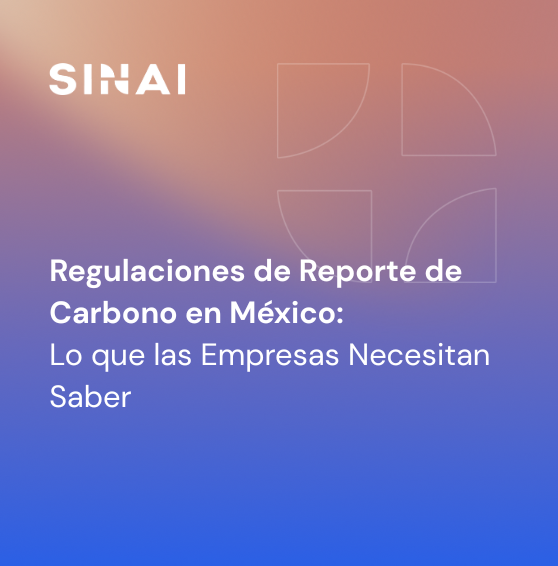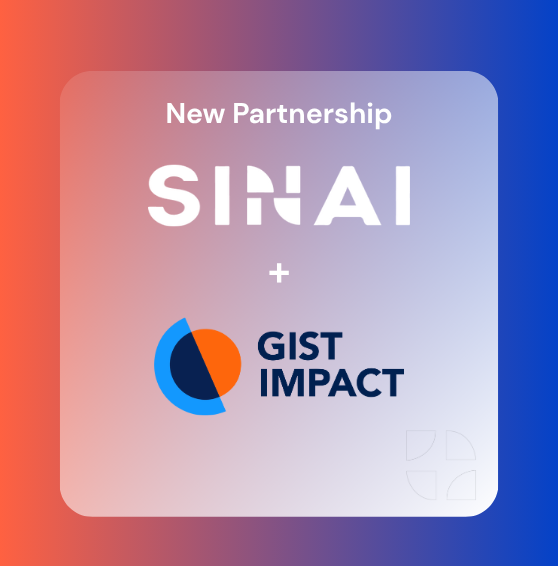
Part 2: Your California Climate Disclosure Journey – What You Need to Do to Comply
In our last post, we tackled the crucial first step for California's new climate disclosure laws (SB 253 and SB 261): figuring out if your company is "doing business in California" and subject to these landmark regulations. Now, let's say you've determined you're in scope. What's next? What do you actually need to do to comply with these ambitious new transparency mandates?
The California Air Resources Board (CARB) is actively working to finalize the regulations, but the core requirements and timelines are set by the legislation itself. While the full picture is still developing, there's plenty you can do to prepare.
Understanding Your Obligations: SB 253 – Climate Data Disclosure
California's Climate Data Disclosure Law (SB 253) applies to large public and private companies "doing business in California" with annual revenues over $1 billion. If your company meets this threshold, here’s what you need to prepare for:
- Scope 1 and Scope 2 Emissions Reporting:
- What: This includes your direct emissions (Scope 1) and emissions from purchased energy (Scope 2).
- When: The first reporting year for Scope 1 and Scope 2 disclosures will be 2026, covering your 2025 emissions.
- Assurance: Initially, a limited third-party assurance for Scope 1 and Scope 2 emissions will be required in 2026, transitioning to reasonable assurance by 2030. This phased approach is designed to give companies time to improve their data quality.
- Flexibility for First Reports: CARB recognizes that companies are just getting started. For 2026 reporting, no penalties will be issued for incomplete reports as long as your company can demonstrate a good faith effort to comply. You're also encouraged to use existing data for your initial reports.
- Scope 3 Emissions Reporting:
- What: This is the big one – all indirect emissions across your company’s entire value chain, both upstream and downstream. Scope 3 emissions can account for 70% or more of a company's total carbon footprint, especially in sectors like retail, consumer goods, and financial services. There are 15 different categories for Scope 3 emissions, and many companies currently only report a high-level overview, not a detailed breakdown by category.
- When: Scope 3 reporting begins in 2027, covering your 2026 emissions.
- Phased-in Approach: Recognizing the complexity of collecting data across supply chains, SB 219 (a companion bill) allows companies to phase in their Scope 3 disclosures.
- Reporting Standards: The law allows for the use of existing reporting standards, such as the Greenhouse Gas (GHG) Protocol. Carbon Accounting solutions, like SINAI, offer full scope carbon calculations and reporting.
- Public Accessibility: Reports must be posted in a way that is accessible to the public. CARB may be launching a dedicated web portal or specific guidance on these reports. SINAI will continue to monitor these requirements and share as they become available.
Navigating Climate Risks: SB 261 – Climate-Related Financial Risk Disclosure
California’s Climate-Related Financial Risk Disclosure Law (SB 261) applies to U.S. companies "doing business in California" with annual revenues over $500 million.
- Biennial Reporting: Starting in 2026, these companies will be required to publicly disclose their climate-related financial risks every two years.
- Types of Risks: This includes both physical risks (like wildfires and droughts) and transitional risks (tied to policy shifts, market changes, and the move towards a low-carbon economy).
- Reporting Frameworks: SB 261 strongly encourages the use of International Sustainability Standards Board (ISSB) standards, which evolved from the Task Force on Climate-Related Financial Disclosures (TCFD). These standards provide a common language for comparable, reliable information for investors.
- Public Accessibility: As noted in SB 253, reports must be posted in a way that is accessible to the public.
Streamlining Your Reporting: SB 219 – Flexibility and Clarity
SB 219 is a crucial companion bill that introduces key modifications to SB 253 and SB 261, aiming to provide companies with additional flexibility and clarity:
- Parent-Level Consolidation: This bill introduces an option for companies to report their emissions and climate-related financial risks at the parent company level, potentially simplifying the reporting process for subsidiaries and affiliates. However, there is ongoing discussion about when such parent-level reporting is required, particularly for foreign parent companies with U.S.-based subsidiaries. CARB is actively seeking input on this complex issue.
The Path Forward: Collaboration and Clarity
CARB is committed to developing a regulation that is "streamlined, sound, and clear". They are moving expeditiously, with a goal to finalize the regulation by the end of the year. This process is highly iterative and collaborative, with CARB actively seeking public feedback on initial concepts.
Key areas where your input is crucial and where CARB is refining its approach include:
- Definitions: Precisely defining terms like "doing business in California" and "revenue" to ensure consistency with existing California law while avoiding an "overly broad" scope.
- Materiality Thresholds: Integrating materiality thresholds, especially for Scope 3 emissions, to ensure reporting is focused and relevant.
- Verification: Clarifying what qualifies as a CARB-accredited verifier and how existing verifiers can integrate into the new framework.
- Aligning Voluntary to Regulatory: Finding ways to adapt familiar voluntary standards (like GHG Protocol and TCFD/ISSB) to meet the precise, non-equivocal demands of California’s regulatory framework. Suggestions include requiring companies to publish a structured methodology document to bridge this gap.
- Digital Standards: Exploring the use of digital data standards like XBRL to make disclosures more useful, interoperable, and machine-readable, potentially reducing costs for companies already reporting to other regulators.
Your specific ideas on how to refine definitions, clarify reporting methodologies, and address practical challenges are essential. Stay engaged by signing up for CARB's mailing list and sending your questions or comments to climatedisclosure@arb.ca.gov.
Start Now
Preparing for these regulations means more than just waiting for the final rule. It involves understanding the current statutory requirements, assessing your company’s readiness for Scope 1, 2, and 3 data collection and assurance, and evaluating your climate-related financial risks.
It also means taking action within your organization. For large companies, 2025 collection starts now for reporting in 2026. Calculating these emissions is no easy task. Facilities across your organization have direct and indirect emission inputs that need to be collected, standardized and calculated for reporting. And Scope 3 requirements, while delayed for 1 year, are daunting to collect up and down your supply chain. Luckily, solutions like SINAI can help. SINAI’s offering is built to be customizable and flexible to meet these changing regulatory needs so customers are never left in audit jeopardy based on volatile regulations. SINAI can meet today’s requirements as well as future proofing your business by implementing a comprehensive and complete Scope 3 strategy collecting 100% of your supply chain and creating an executable transition plan for submission. Since there is no way of telling how CARB will update these regulations in the future, a flexible software and services solution will be required for a future ready journey.

-2.png)









